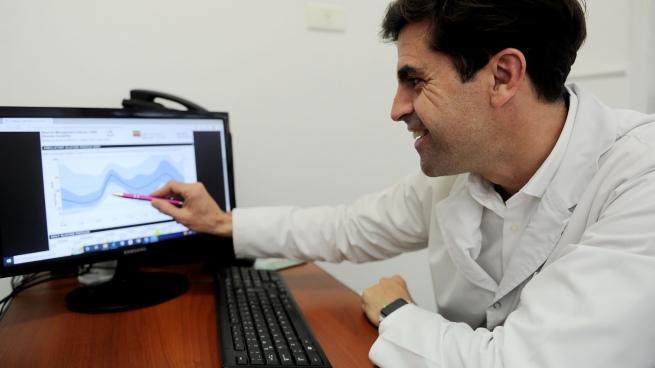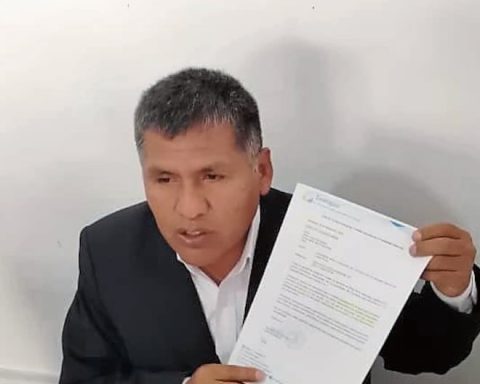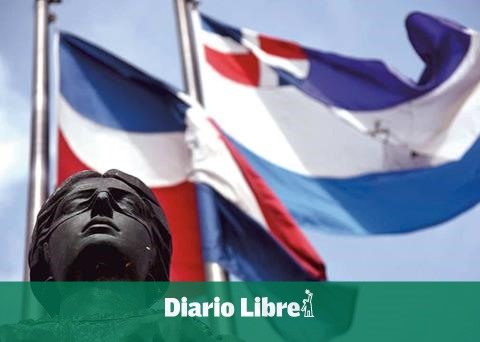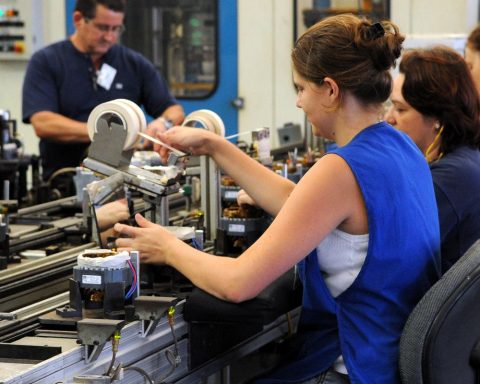Continuous blood glucose monitoring, also known as “flash,” gave diabetes patients more and better control over their blood sugar levels without having to prick their fingers, new research that won the study of the year award showed. of the Argentine Journal of Endocrinology and Metabolism.
“Today we know that people who were scanned more times per day had better estimated glycosylated hemoglobin, better time in range, less time in hypoglycemia and less glycemic variability. And that’s all positive.”said one of the authors of the study, Matías Re, a doctor specialized in diabetes (UNLP – SAD) and Head of the Diabetes and Endocrinology Service of the Hospital Policlinico Bancario (MP 115420).
Co-author of the research carried out among more than 5,000 patients, Re highlighted in dialogue with Télam that “among so many benefits, the flash monitoring system is also key for adults who have children with diabetes, because with the use of an application they can see, 24 hours a day and without being in the same physical place, the blood glucose values What does the boy or girl have?.
It is estimated that there are 537 million people with diabetes worldwide, especially concentrated in developing countries. In Argentina, there are 1.8 million people between the ages of 20 and 70 who have diabetes, and that number is expected to rise to 2.5 million by the year 2045.
People with type 1 diabetes mellitus (insulin dependent) have traditionally been treated by measuring blood glucose (blood glucose) through finger prick capillaries. This control is normally carried out between 4 and 5 times a day, and the value of each glycaemia in turn determines the use of insulin, the carbohydrates that the person eats and the physical activity that they carry out.

flash technologywhich in Argentina today is marketed by a single laboratory, allows the patient to have control through the scanning of a small patch that is placed on the arm. This sensor measures, through a filament, glucose levels in interstitial fluid, below the skin.
The sensor lasts 14 days and to know the value of their blood glucose, the user must approach (scan) the smartphone with the application developed by the laboratory itself, which is free, or alternatively the reader, which is the size of a small cell phone .
In each scan, the user can see their blood glucose level at the moment and an arrow that indicates the trend, which can be stable, rising or falling. Each patch, in turn, lasts 14 days and after that period of time, it must be changed for a new one.

The study, conducted with more than 5,000 people between 2017 and 2020, showed that patients monitored their levels on average 14.5 times per day. This increase in the number of measurements resulted in better control of their blood glucose and, therefore, of their diabetes.
“With blood glucose levels through punctures, control is like photos, moments. This technology, on the other hand, allows us to see the entire film. The benefits are hugefor example, being able to know what the glycemic curve is like in ‘blind’ moments, such as at night”, explained Re.
“The use of continuous monitoring allowed me to greatly reduce my number of hypoglycemias and to have a more detailed control of the impact of meals. Above all, one can control oneself much more easily when doing physical activity, for example when going for a run or riding a bike. bike”, Luciana Aguirre, who has been diabetic for 12 years and uses Freestyle Libre since 2018, explained to Télam.
In Argentina, there are 1.8 million people between the ages of 20 and 70 who have diabetes, and that number is expected to rise to 2.5 million by the year 2045
With this study it was also observed that the users of the flash technology improved their estimated glycosylated hemoglobin, an indicator that shows the average blood glucose value during the last three months.
As an additional benefit, this type of technology allowed people to stay longer with their blood glucose levels within therapeutic goals, which is known as “time in range”, which ranges between 70 and 180 mg/dl in blood.
Compared to a similar study conducted internationally, it was observed that Argentine users of the flash system showed a greater number of scans than patients from other countries.
This type of technology has already changed the quality of life of almost 4 million people in more than 60 countries around the world. This research also allows professionals to have representative local figures and real data to make decisions for the future in terms of disease control.

“Today we know that people who were scanned more times per day had better estimated glycosylated hemoglobin, better time in range, less time in hypoglycemia and less glycemic variability. And that’s all positive,” Re said.
“It was an important change in my day to day life, because I can self-monitor myself without limitations, even from my cell phone. In addition, it allows me to have hourly statistics of my blood glucose levels, which makes it much easier for me to adjust my insulin doses and know more precisely what times of the day I have to be more attentive, “he told Télam Martín Aballay, who has been diabetic for 20 years and has been using the sensors since 2018.


















